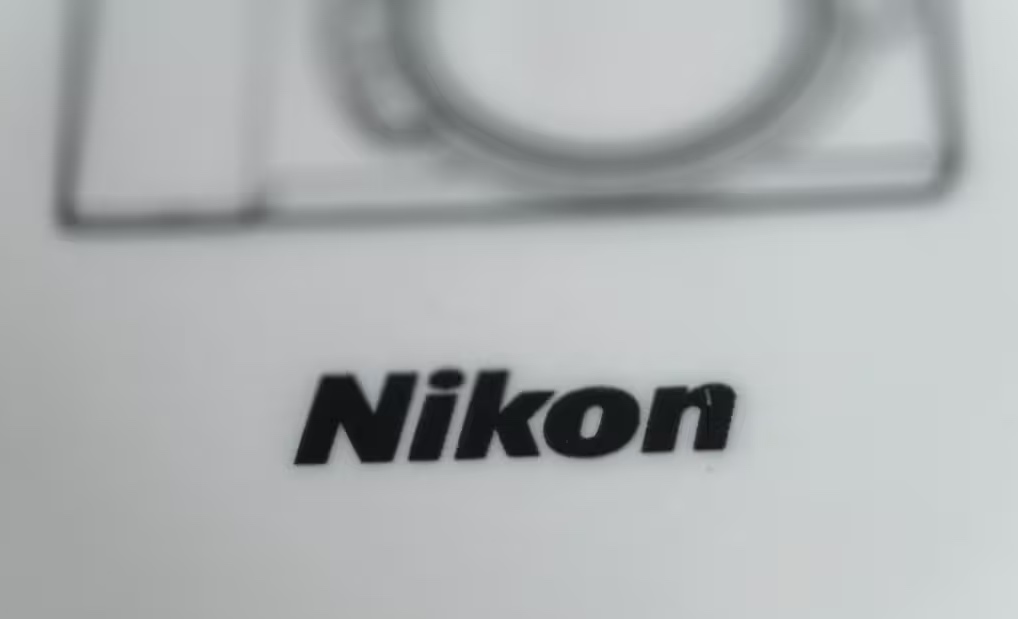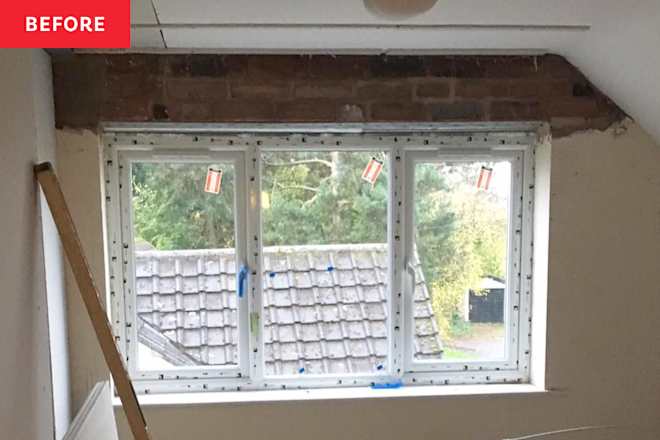Desiccant Dehumidifier Market Set to Accelerate with Emerging and Disruptive Technologies
Market Overview
The global desiccant dehumidifier market was valued at USD 3.35 billion in 2024 and is projected to reach USD 6.72 billion by 2034, growing at a CAGR of 7.2% during the forecast period from 2025 to 2034. Desiccant dehumidifiers remove moisture from the air using a desiccant material, making them ideal for low-temperature and industrial environments. Increasing demand for precise humidity control in manufacturing, storage, and residential sectors is fueling market expansion.
Key Market Growth Drivers
The growing need for humidity control in industrial processes is a major driver for the market. Industries such as pharmaceuticals, electronics, and food processing rely on desiccant dehumidifiers to maintain air quality and product stability. These systems offer consistent performance regardless of ambient temperature, making them valuable in sensitive environments.
Rising demand for energy-efficient dehumidification solutions is supporting market growth. Desiccant-based systems consume less energy in low-humidity settings compared to conventional refrigerant dehumidifiers. Technological advancements have further improved their efficiency and performance, appealing to both commercial and residential users.
Stringent regulations around indoor air quality and worker safety are pushing industries to adopt advanced dehumidification solutions. Maintaining optimal humidity levels helps prevent mold growth, corrosion, and contamination. Regulatory compliance is encouraging the deployment of high-performance desiccant systems across various facilities.
Climate change and increasing global humidity levels are contributing to demand. Areas experiencing high moisture and dampness require consistent humidity control to protect infrastructure and health. Desiccant dehumidifiers offer reliable solutions in such conditions, especially where temperature-sensitive operations are involved.
Key Companies in the Market
The major companies operating in the global desiccant dehumidifier market include:
-
LG Electronics
-
Honeywell International Inc.
-
GE Appliances, a Haier Company
-
De’Longhi Appliances S.r.l.
-
Bry-Air Pvt. Ltd.
-
Danby
-
Whirlpool Corporation
-
Munters Group
-
STULZ Air Technology Systems, Inc
-
CondAir Group
These companies focus on innovation, expanding product portfolios, and strategic partnerships to address the growing demand for energy-efficient and environmentally friendly dehumidification solutions.
Market Challenges
The high initial cost of desiccant dehumidifiers can deter adoption, particularly among small- and medium-sized enterprises. Though cost-effective in the long run due to energy savings, the upfront investment remains a challenge for many buyers.
Maintenance requirements and complexity of installation can affect market adoption. Desiccant systems often require regular servicing and skilled personnel to ensure optimal performance. This can be a barrier, especially in regions with limited access to technical expertise.
Competition from refrigerant-based dehumidifiers poses a challenge in certain climate zones. In areas with moderate to high temperatures, traditional dehumidifiers are still preferred due to lower cost and widespread availability. Educating customers on the long-term benefits of desiccant systems is essential.
Lack of awareness about the benefits of desiccant dehumidifiers in residential markets limits growth. While they offer superior performance in low-temperature conditions, consumers often choose lower-cost alternatives. Marketing efforts and consumer education can help bridge this gap.
Global supply chain disruptions and price fluctuations in raw materials may impact production and distribution. Manufacturers need to maintain diversified supplier networks and efficient logistics to avoid delays and cost increases.
Regional Analysis
North America holds a strong position in the desiccant dehumidifier market, driven by demand in the pharmaceutical, food, and electronics sectors. The U.S. is a leading market with a focus on energy efficiency and advanced HVAC systems. Cold storage and climate-sensitive warehousing further support demand.
Europe follows with a significant market share due to regulations promoting indoor air quality and workplace safety. Countries such as Germany, France, and the UK are adopting desiccant dehumidifiers in commercial and industrial buildings. The region's focus on sustainability also promotes energy-efficient technologies.
Asia-Pacific is witnessing rapid market growth fueled by industrialization, urbanization, and high humidity levels. China, India, and Japan are major contributors, with strong demand in manufacturing, warehousing, and infrastructure. The expanding middle class is also driving residential adoption in urban centers.
Latin America is seeing steady market development supported by agriculture, storage, and commercial applications. Countries like Brazil and Mexico are investing in infrastructure that benefits from humidity control systems. Growth in cold chain logistics further supports demand in this region.
The Middle East and Africa region is emerging in the market, driven by construction activities, data centers, and health care infrastructure. The need for stable indoor conditions in extreme climates supports adoption of desiccant systems, particularly in commercial and institutional buildings.
Conclusion
The desiccant dehumidifier market is poised for consistent growth through 2034, supported by industrial demand, energy efficiency, and evolving environmental standards. As industries seek reliable humidity control, these systems are becoming an integral part of manufacturing, warehousing, and healthcare operations.
Key companies are focusing on product innovation, global expansion, and sustainable technologies to meet rising consumer and regulatory expectations. Enhanced system efficiency and user-friendly designs are making these units more accessible to residential and commercial users.
Challenges such as high initial costs, competition from refrigerant dehumidifiers, and maintenance complexity remain. However, increasing awareness, long-term cost savings, and superior performance in specific applications position desiccant dehumidifiers as a key solution for future climate control needs.
With growing climate variability and technological advancements, the market is expected to expand across regions and sectors. Continued investment, product diversification, and education will shape the trajectory of the global desiccant dehumidifier market.
North america Automated Breach And Attack Simulation Market
Software-defined Anything (SDx) Market
Consumer Identity and Access Management (CIAM) Market
Clinical Trial Technology and Services Market
Guillain-Barre Syndrome Diagnostics Market
High-Resolution Melting Analysis Market
Digital Health Coaching Market
Ophthalmic Spectacle Lenses and Equipment Market
Endoscopic Submucosal Dissection Market
Single-Use Bioprocessing Connectors Market
Robotic Process Automation (RPA) Market
High-Resolution Melting Analysis Market
Digital Health Coaching Market





























































































































































































































































